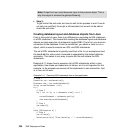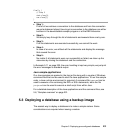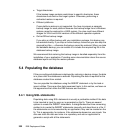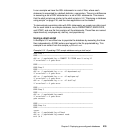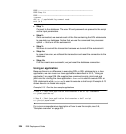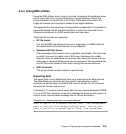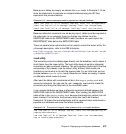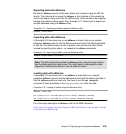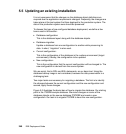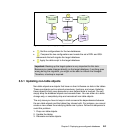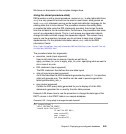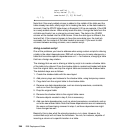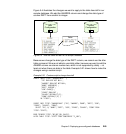
238 DB2 Deployment Guide
load from "staff.ixf" of ixf messages "staff.msg" insert into itso.staff copy
no indexing mode autoselect;
set integrity for itso.employee allow no access immediate checked;
set integrity for itso.adefusr allow no access immediate checked;
Because referential integrities are not checked during load, you can load the
tables in any order you like. However, the set integrity commands must be
issued in the right order. It must be done until no tables in the database are in
check pending mode.
Checking one table can put another table in check pending mode.
There are several other options that can be used to control the load utility. For a
thorough description, refer to the DB2 Infocenter:
http://publib.boulder.ibm.com/infocenter/db2luw/v9r5/topic/com.ibm.db2.luw.admi
n.dm.doc/doc/c0004587.html
The set integrity statement that is usually required after a load is described in the
DB2 Infocenter at:
http://publib.boulder.ibm.com/infocenter/db2luw/v9r5/topic/com.ibm.db2.luw.sql.
ref.doc/doc/r0000998.html
The db2move utility
Both the import utility and the load utility operates on individual tables. It can
therefore be quite cumbersome to move data between databases if there are a
lot of tables. We can use the DB2 utility db2move to help us manage a group of
tables, for instance, all the table under one schema. db2move works as a calling
interface to the export, import, and load commands. The syntax of the command
is as follows:
db2move dbname action [options]
Where action can be export, import, load, or copy. The copy option is not covered
in this book. The options allow us to specify a group of tables, action options, and
so on.
Note: Only a small subset of the options from the different utilities can be
specified in db2move. For instance, the identifyoverride option for load is not
available in db2move.



